Sweeping Effectiveness
Brush Head Design and Weight Distribution
How the mass is transferred from the sweeper to the curling ice has a major impact on the effectiveness of your brushing.
The design of your brush is integral to the performance of the sweeper. A properly designed brush maximizes the downward energy applied to brush handle, by the sweeper, with the least amount of effort and distributes that energy consistently to the ice. Poorly designed brushes are less effective regardless of the sweeper’s effort and they require more energy to sweep.
Compare these three brush head designs and examine their effectiveness at distributing the workload from the sweeper.
|
Brush |
BalancePlus LiteSpeed |
Brush B |
Brush C |
|
Front View (Compares ice contact) |
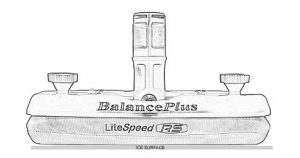 |
 |
 |
|
Head Weight |
155g |
250g |
190g |
|
Handle Weight |
135g |
140g |
170g |
|
Total Weight |
290g |
390g |
360g |
|
Top View (Compares bar length) |
 |
 |
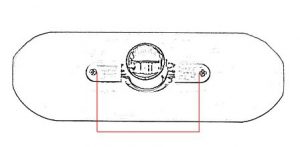 |
|
Bar Length |
133mm |
85mm |
72mm |
|
Side View (Compares ice contact) |
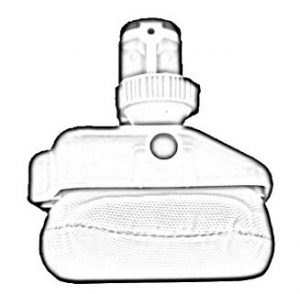 |
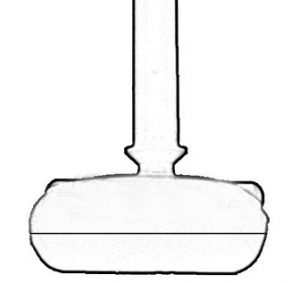 |
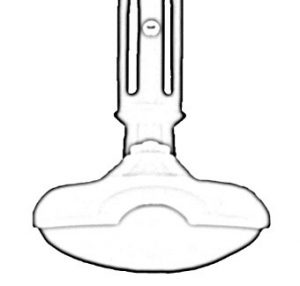 |
|
Wear Pattern (Compares ice contact) |
|
|
|
|
Pressure vs. Contact |
Equal distribution of weight regardless of the amount of down pressure. A design that suits any sweeper. Provides maximum force in a consistent manner through the entire head. |
As more pressure is applied, the brush curves at the ends and concentrates mass in the center of the head, leaving the ends with minimal force to apply to the ice. |
This brush requires more down pressure to increase surface area contact. A design that benefits only those that can produce massive amounts of down pressure while still being able to transition the brush from push to pull. Not as effective for “clean only”.
|
Brush Handle Design and the effect on down pressure and performance
Correctly tapered handles are designed to reduce the amount of effort required to apply the amount of force needed for maximum efficiency and sweeping performance.
|
Handle |
BalancePlus Tapered |
Handle B |
Handle C |
|
Spec diagram |
 |
 |
 |
|
Design Comments |
Patented tapered design with larger outside diameter at the bottom. This reduces hand slippage, reduces fatigue and provides maximum weight transfer from handle to brush head. |
Reverse tapered design reduces down pressure and requires more grip strength to operate effectively due to hand slippage, leading to increased fatigue. |
Non-tapered design provides less down pressure than a properly tapered handle.
|
|
Grip Coat |
Grip coating on the bottom 2/3 of the handle. |
Grip coating on the bottom 1/3 of the handle. |
No grip coating present. |

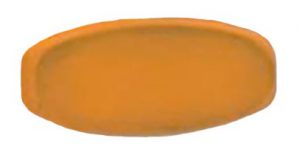 Consistent perimeter wear shows equal weight distribution of force on all areas of the head.
Consistent perimeter wear shows equal weight distribution of force on all areas of the head.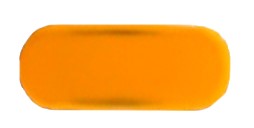 Wear pattern shows concentration in the middle part of the brush and less effectiveness on the ends.
Wear pattern shows concentration in the middle part of the brush and less effectiveness on the ends.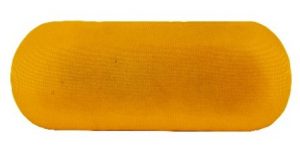 Wear is in the middle of the head and doesn’t contact the ice at the sides or ends of the faceplate.
Wear is in the middle of the head and doesn’t contact the ice at the sides or ends of the faceplate.